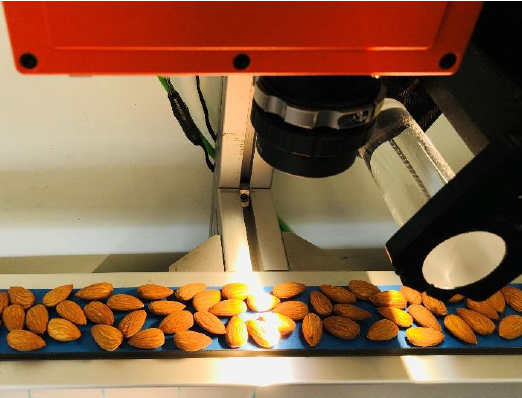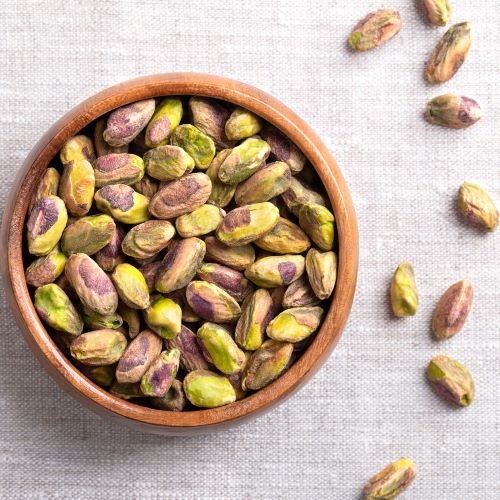12 August 2025
An international team of researchers has demonstrated how artificial intelligence (AI) can now detect contaminated food in fields and factories before it reaches consumers, potentially saving four million deaths annually.
Led by the University of South Australia, a new paper published in the journal Toxins describes how advanced hyperspectral imaging (HSI) integrated with machine learning (ML) can identify mycotoxins – dangerous compounds produced by fungi that can contaminate food during growth, harvest and storage.
Mycotoxins cause a range of serious health issues, such as cancer, compromised immunity and hormone-related disorders. According to the World Health Organization, foodborne contamination, including from mycotoxins, results in 600 million illnesses and 4.2 million deaths each year.
The UN-based Food and Agricultural Organization estimates that about 25% of the world’s crops are contaminated by mycotoxin-producing fungi, highlighting the economic and health imperatives to address this threat.
Lead author and UniSA PhD candidate Ahasan Kabir says that traditional mycotoxin detection methods are time-consuming, expensive and destructive, making them unsuitable for large-scale real-time food processing.
“In contrast, hyperspectral imaging – a technique that captures images with detailed spectral information – allows us to quickly detect and quantify contamination across entire food samples without destroying them,” Kabir says.
Kabir and his co-authors in Australia, Canada and India evaluated the effectiveness of HSI in detecting toxic compounds in cereal grains and nuts, the world’s most produced food and the economic backbone of many countries.
Both are highly susceptible to fungi and mycotoxin contamination in warm, humid environments, from cultivation to storage.
“HSI captures an optical footprint of mycotoxins and when paired with machine learning algorithms it rapidly classifies contaminated grains and nuts based on subtle spectral variations,” Kabir says.

The researchers reviewed more than 80 recent studies across wheat, corn, barley, oats, almonds, peanuts and pistachios. Findings showed that ML-integrated HSI systems consistently outperformed conventional techniques in detecting key mycotoxins.
“This technology is particularly effective at identifying aflatoxin B1, one of the most carcinogenic substances found in food, according to the project lead UniSA Professor Sang-Heon Lee.
“It offers a scalable, non-invasive solution for industrial food safety, from sorting almonds to inspecting wheat and maize shipments,” says Prof Lee.
One of the main advantages of this approach is the ability to work in real time. Researchers say that with further development, HSI and ML could be deployed on processing lines or handheld devices, reducing health risks and trade losses by ensuring that only safe, uncontaminated produce reaches consumers.
The team is now working on refining the technique to improve its accuracy and reliability, using deep learning and AI.
The research was supported by the Federal Government’s Research Training Program, with top-up funding from SureNut Australia
‘Detection of Mycotoxins in Cereal Grains and Nuts using Machine Learning Integrated Hyperspectral Imaging: A Review’ is published in Toxins. DOI: 10.3390/toxins17050219.
The paper is authored by Ahasan Kabir, Associate Professor Ivan Lee and Professor Sang-Heon Lee (University of South Australia); Professor Chandra Singh (Lethbridge College, Canada); and Assistant Professors Gayatri Mishra and Brajesh Kumar Panda (Indian Institute of Technology Kharagpur).
…………………………………………………………………………………………………………………………
Media contacts:
University of South Australia: Candy Gibson M: +61 434 605 142 E: candy.gibson@unisa.edu.au
SureNut Australia: Drew Marin E: drew@omegaorchards.com.au
